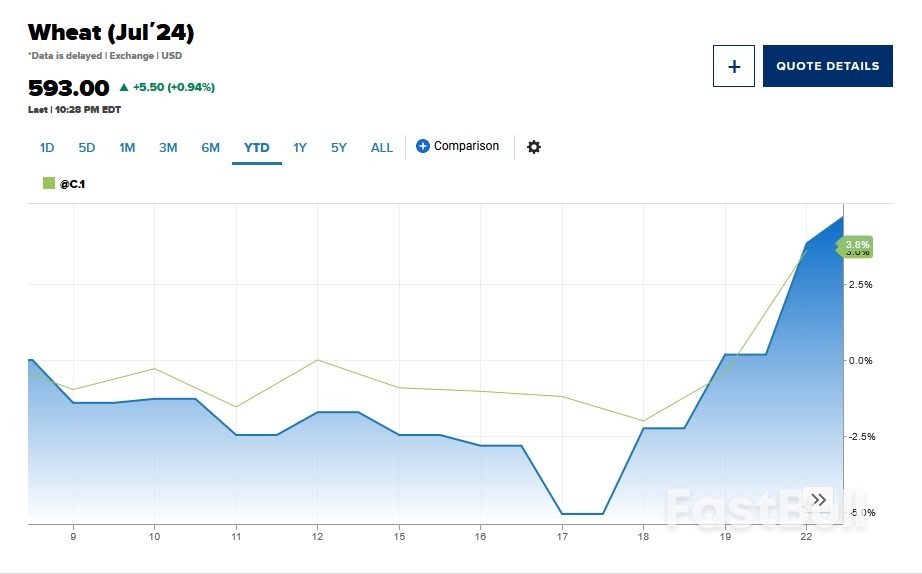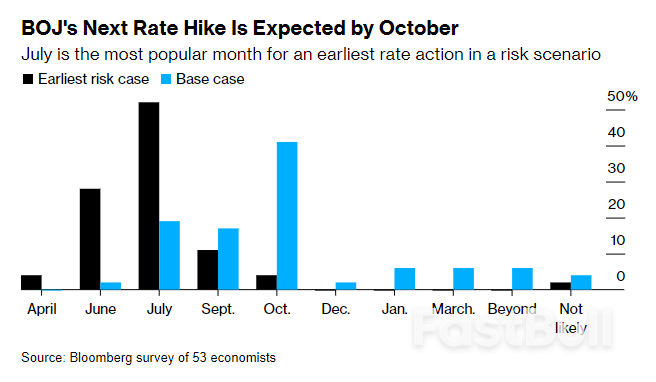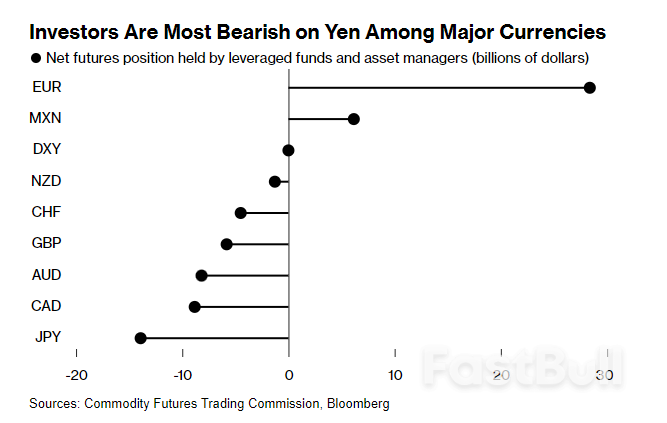Markets
News
Analysis
User
24/7
Economic Calendar
Education
Data
- Names
- Latest
- Prev













Signal Accounts for Members
All Signal Accounts
All Contests



 Japan Tankan Small Manufacturing Outlook Index (Q4)
Japan Tankan Small Manufacturing Outlook Index (Q4)A:--
F: --
P: --
 Japan Tankan Large Non-Manufacturing Outlook Index (Q4)
Japan Tankan Large Non-Manufacturing Outlook Index (Q4)A:--
F: --
P: --
 Japan Tankan Large Manufacturing Outlook Index (Q4)
Japan Tankan Large Manufacturing Outlook Index (Q4)A:--
F: --
P: --
 Japan Tankan Small Manufacturing Diffusion Index (Q4)
Japan Tankan Small Manufacturing Diffusion Index (Q4)A:--
F: --
P: --
 Japan Tankan Large Manufacturing Diffusion Index (Q4)
Japan Tankan Large Manufacturing Diffusion Index (Q4)A:--
F: --
P: --
 Japan Tankan Large-Enterprise Capital Expenditure YoY (Q4)
Japan Tankan Large-Enterprise Capital Expenditure YoY (Q4)A:--
F: --
P: --
 U.K. Rightmove House Price Index YoY (Dec)
U.K. Rightmove House Price Index YoY (Dec)A:--
F: --
P: --
 China, Mainland Industrial Output YoY (YTD) (Nov)
China, Mainland Industrial Output YoY (YTD) (Nov)A:--
F: --
P: --
 China, Mainland Urban Area Unemployment Rate (Nov)
China, Mainland Urban Area Unemployment Rate (Nov)A:--
F: --
P: --
 Saudi Arabia CPI YoY (Nov)
Saudi Arabia CPI YoY (Nov)A:--
F: --
P: --
 Euro Zone Industrial Output YoY (Oct)
Euro Zone Industrial Output YoY (Oct)A:--
F: --
P: --
 Euro Zone Industrial Output MoM (Oct)
Euro Zone Industrial Output MoM (Oct)A:--
F: --
P: --
 Canada Existing Home Sales MoM (Nov)
Canada Existing Home Sales MoM (Nov)A:--
F: --
P: --
 Canada National Economic Confidence Index
Canada National Economic Confidence IndexA:--
F: --
P: --
 Canada New Housing Starts (Nov)
Canada New Housing Starts (Nov)A:--
F: --
 U.S. NY Fed Manufacturing Employment Index (Dec)
U.S. NY Fed Manufacturing Employment Index (Dec)A:--
F: --
P: --
 U.S. NY Fed Manufacturing Index (Dec)
U.S. NY Fed Manufacturing Index (Dec)A:--
F: --
P: --
 Canada Core CPI YoY (Nov)
Canada Core CPI YoY (Nov)A:--
F: --
P: --
 Canada Manufacturing Unfilled Orders MoM (Oct)
Canada Manufacturing Unfilled Orders MoM (Oct)A:--
F: --
P: --
 U.S. NY Fed Manufacturing Prices Received Index (Dec)
U.S. NY Fed Manufacturing Prices Received Index (Dec)A:--
F: --
P: --
 U.S. NY Fed Manufacturing New Orders Index (Dec)
U.S. NY Fed Manufacturing New Orders Index (Dec)A:--
F: --
P: --
 Canada Manufacturing New Orders MoM (Oct)
Canada Manufacturing New Orders MoM (Oct)A:--
F: --
P: --
 Canada Core CPI MoM (Nov)
Canada Core CPI MoM (Nov)A:--
F: --
P: --
 Canada Trimmed CPI YoY (SA) (Nov)
Canada Trimmed CPI YoY (SA) (Nov)A:--
F: --
P: --
 Canada Manufacturing Inventory MoM (Oct)
Canada Manufacturing Inventory MoM (Oct)A:--
F: --
P: --
 Canada CPI YoY (Nov)
Canada CPI YoY (Nov)A:--
F: --
P: --
 Canada CPI MoM (Nov)
Canada CPI MoM (Nov)A:--
F: --
P: --
 Canada CPI YoY (SA) (Nov)
Canada CPI YoY (SA) (Nov)A:--
F: --
P: --
 Canada Core CPI MoM (SA) (Nov)
Canada Core CPI MoM (SA) (Nov)A:--
F: --
P: --
 Canada CPI MoM (SA) (Nov)
Canada CPI MoM (SA) (Nov)A:--
F: --
P: --
 Federal Reserve Board Governor Milan delivered a speech
Federal Reserve Board Governor Milan delivered a speech U.S. NAHB Housing Market Index (Dec)
U.S. NAHB Housing Market Index (Dec)--
F: --
P: --
 Australia Composite PMI Prelim (Dec)
Australia Composite PMI Prelim (Dec)--
F: --
P: --
 Australia Services PMI Prelim (Dec)
Australia Services PMI Prelim (Dec)--
F: --
P: --
 Australia Manufacturing PMI Prelim (Dec)
Australia Manufacturing PMI Prelim (Dec)--
F: --
P: --
 Japan Manufacturing PMI Prelim (SA) (Dec)
Japan Manufacturing PMI Prelim (SA) (Dec)--
F: --
P: --
 U.K. 3-Month ILO Employment Change (Oct)
U.K. 3-Month ILO Employment Change (Oct)--
F: --
P: --
 U.K. Unemployment Claimant Count (Nov)
U.K. Unemployment Claimant Count (Nov)--
F: --
P: --
 U.K. Unemployment Rate (Nov)
U.K. Unemployment Rate (Nov)--
F: --
P: --
 U.K. 3-Month ILO Unemployment Rate (Oct)
U.K. 3-Month ILO Unemployment Rate (Oct)--
F: --
P: --
 U.K. Average Weekly Earnings (3-Month Average, Including Bonuses) YoY (Oct)
U.K. Average Weekly Earnings (3-Month Average, Including Bonuses) YoY (Oct)--
F: --
P: --
 U.K. Average Weekly Earnings (3-Month Average, Excluding Bonuses) YoY (Oct)
U.K. Average Weekly Earnings (3-Month Average, Excluding Bonuses) YoY (Oct)--
F: --
P: --
 France Services PMI Prelim (Dec)
France Services PMI Prelim (Dec)--
F: --
P: --
 France Composite PMI Prelim (SA) (Dec)
France Composite PMI Prelim (SA) (Dec)--
F: --
P: --
 France Manufacturing PMI Prelim (Dec)
France Manufacturing PMI Prelim (Dec)--
F: --
P: --
 Germany Services PMI Prelim (SA) (Dec)
Germany Services PMI Prelim (SA) (Dec)--
F: --
P: --
 Germany Manufacturing PMI Prelim (SA) (Dec)
Germany Manufacturing PMI Prelim (SA) (Dec)--
F: --
P: --
 Germany Composite PMI Prelim (SA) (Dec)
Germany Composite PMI Prelim (SA) (Dec)--
F: --
P: --
 Euro Zone Composite PMI Prelim (SA) (Dec)
Euro Zone Composite PMI Prelim (SA) (Dec)--
F: --
P: --
 Euro Zone Services PMI Prelim (SA) (Dec)
Euro Zone Services PMI Prelim (SA) (Dec)--
F: --
P: --
 Euro Zone Manufacturing PMI Prelim (SA) (Dec)
Euro Zone Manufacturing PMI Prelim (SA) (Dec)--
F: --
P: --
 U.K. Services PMI Prelim (Dec)
U.K. Services PMI Prelim (Dec)--
F: --
P: --
 U.K. Manufacturing PMI Prelim (Dec)
U.K. Manufacturing PMI Prelim (Dec)--
F: --
P: --
 U.K. Composite PMI Prelim (Dec)
U.K. Composite PMI Prelim (Dec)--
F: --
P: --
 Euro Zone ZEW Economic Sentiment Index (Dec)
Euro Zone ZEW Economic Sentiment Index (Dec)--
F: --
P: --
 Germany ZEW Current Conditions Index (Dec)
Germany ZEW Current Conditions Index (Dec)--
F: --
P: --
 Germany ZEW Economic Sentiment Index (Dec)
Germany ZEW Economic Sentiment Index (Dec)--
F: --
P: --
 Euro Zone Trade Balance (Not SA) (Oct)
Euro Zone Trade Balance (Not SA) (Oct)--
F: --
P: --
 Euro Zone ZEW Current Conditions Index (Dec)
Euro Zone ZEW Current Conditions Index (Dec)--
F: --
P: --
 Euro Zone Trade Balance (SA) (Oct)
Euro Zone Trade Balance (SA) (Oct)--
F: --
P: --
 U.S. Retail Sales MoM (Excl. Automobile) (SA) (Oct)
U.S. Retail Sales MoM (Excl. Automobile) (SA) (Oct)--
F: --
P: --



No matching data
Latest Views
Latest Views
Trending Topics
Top Columnists
Latest Update
White Label
Data API
Web Plug-ins
Affiliate Program
View All

No data
IMF projects MENA region’s GDP to grow 2.7 percent in 2024.




White Label
Data API
Web Plug-ins
Poster Maker
Affiliate Program
The risk of loss in trading financial instruments such as stocks, FX, commodities, futures, bonds, ETFs and crypto can be substantial. You may sustain a total loss of the funds that you deposit with your broker. Therefore, you should carefully consider whether such trading is suitable for you in light of your circumstances and financial resources.
No decision to invest should be made without thoroughly conducting due diligence by yourself or consulting with your financial advisors. Our web content might not suit you since we don't know your financial conditions and investment needs. Our financial information might have latency or contain inaccuracy, so you should be fully responsible for any of your trading and investment decisions. The company will not be responsible for your capital loss.
Without getting permission from the website, you are not allowed to copy the website's graphics, texts, or trademarks. Intellectual property rights in the content or data incorporated into this website belong to its providers and exchange merchants.
Not Logged In
Log in to access more features

FastBull Membership
Not yet
Purchase


Log In
Sign Up